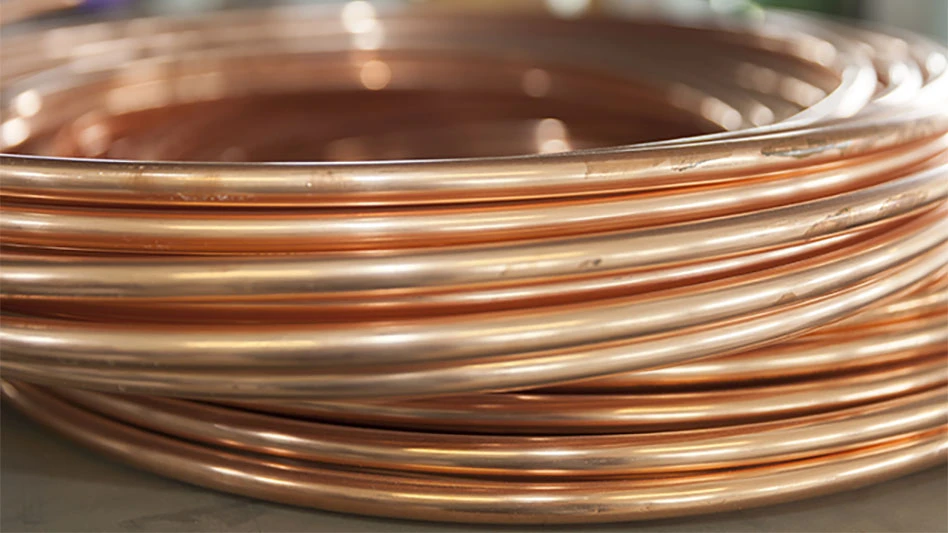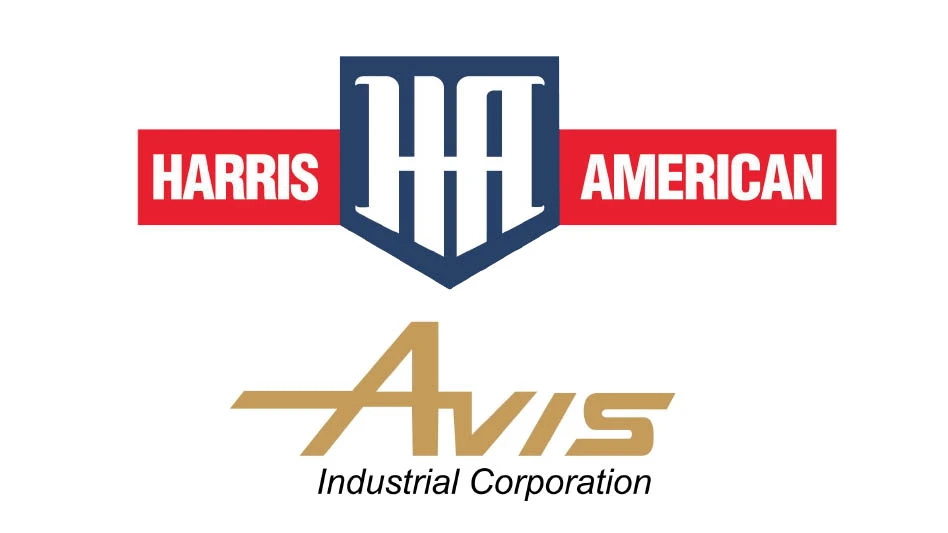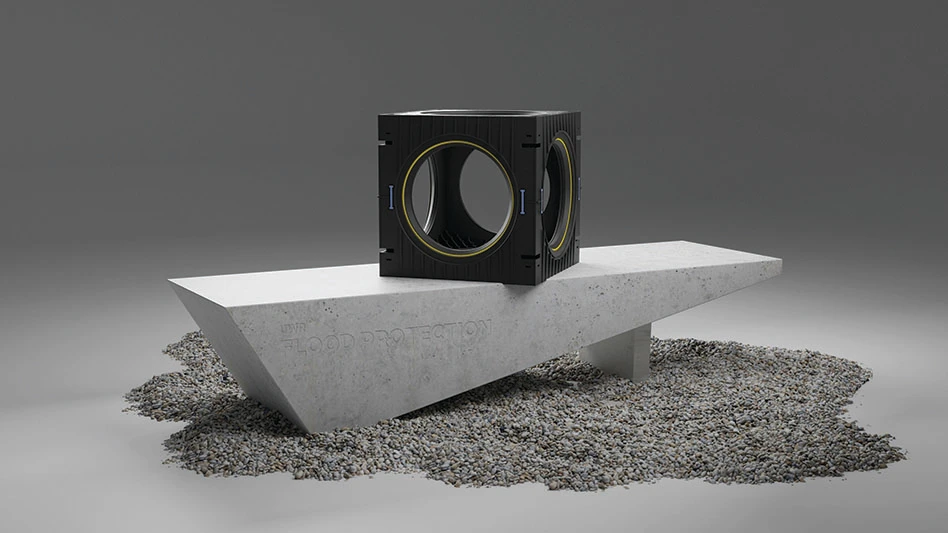
Photo courtesy of the Copper Development Association
The U.S. Environmental Protection Agency (EPA) has issued a proposal designed to accelerate progress toward a goal of removing 100 percent of lead pipes from drinking water applications.
The proposal tied to the EPA’s Lead and Copper Rule, announced in early December, would require water systems across the country to replace lead service lines within 10 years.
“The Biden-Harris Administration is using every tool available to help communities and water systems Get the Lead Out—including investing a historic $15 billion through the Bipartisan Infrastructure Law to replace lead service lines, providing technical assistance to communities, and supporting the development of a national inventory of lead service lines,” the EPA says.
To date, EPA has awarded over $3.5 billion in funding for lead service line replacement across the country, mentioning projects in Benton Harbor, Michigan; Newark, New Jersey; and Green Bay, Wisconsin.
Provisions in the EPA’s latest proposal include funding efforts to locate “legacy lead pipes” and lowering the Lead Action Level that leads to replacing pipes.
Water utility providers, property owners and contractors replacing lead pipes have two predominant options: copper and plastic, with high-density polyethylene (HDPE) and polyvinyl chloride (PVC) among the resins commonly used. Steel, ductile iron and, in large volume settings, concrete also are used.
HDPE pipe makers note that material as long-lasting and cost effective. “The polyethylene pipe industry estimates a service life for HDPE pipe to conservatively be 50 to 100 years,” the Texas-based Plastics Pipe Institute (PPI) writes.
“This relates to savings in replacement costs for generations to come. Polyethylene pipe installations are cost effective and have long-term cost advantages due to its physical properties, leak free joints and reduced maintenance costs.”
The Virginia-based Copper Development Association Inc. (CDA), perhaps unsurprisingly, sees red metal as the best choice in potable water applications. “Copper is the best material for lead replacement,” the CDA states, citing a legacy of copper delivering water that goes back more than 4,000 years.
Although lead has at times been alloyed or used in soldering materials in metal piping applications, the CDA says the copper industry has responded to meet regulatory standards and concerns.
“Solders and fluxes have been lead-free since 1978,” the CDA says. “Lead in brass components for plumbing has been steadily reduced, [with] today’s new components mandated to contain less than 0.25 percent lead content (weighted average) of surfaces exposed to water. All copper alloy plumbing components have had to pass the NSF [National Sanitation Foundation] 61 criteria for drinking water safety for many years.”
Sponsored Content
Still relying on manual sorters?
Let AI do the heavy lifting. Waste Robotics delivers reliable, high-performance robots tailored for complex waste streams. They require minimal maintenance, are easy to operate, and are designed to boost your recovery rates. Smarter sorting starts with the right partner. Waste Expo Booth #1969 & REMA #2843
Click here to see our robots in action!Like the PPI, the CDA also makes a durability argument for its material. “Copper can be exposed to UV rays (sunshine) and oxidizing disinfectants (chlorine, chloramines, chlorine dioxide, etc.) without risk of cracking or failure,” the group notes.
“Meanwhile, plastic pipe has exhibited an above average risk of premature failure due to oxidative degradation in underground potable water systems treated with an oxidizing disinfectant like chlorine,” citing a 2009 study by Illinois-based Engineering Systems Inc.
Once the proposed EPA rule is published in the Federal Register, the agency will accept comments for 60 days. The agency also will hold a virtual public hearing Jan. 16, at which time the public will be invited to provide EPA with verbal comments.
Get curated news on YOUR industry.
Enter your email to receive our newsletters.
Latest from Recycling Today
- Enfinite forms Hazardous & Specialty Waste Management Council
- Combined DRS, EPR legislation introduced in Rhode Island
- Eureka Recycling starts up newly upgraded MRF
- Reconomy Close the Gap campaign highlights need for circularity
- Nickel carbonate added to Aqua Metals’ portfolio
- EuRIC, FEAD say End-Of-Life Vehicle Regulation presents opportunity for recyclers
- Recyclers likely to feel effects of US-China trade war
- BCMRC 2025 session preview: Navigating battery recycling legislation and regulations









